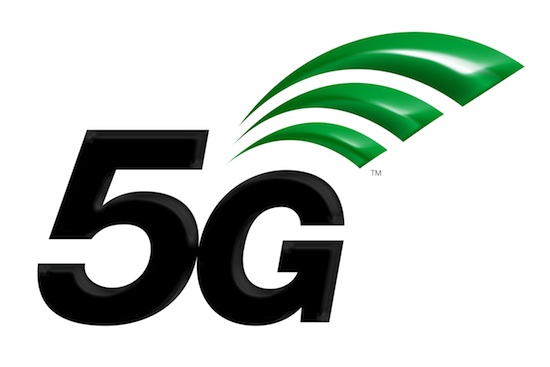2017 was a poor year for the network infrastructure market, with new research claiming sales fell 14 percent and predicting 5G alone will not be enough to boost spending.
The report from IHS Markit said while the infrastructure sector, spanning RAN, switching and core hardware, grew 15 percent sequentially in the fourth quarter of 2017, they remained down 10 percent on the same period in 2017.
Overall, the market sat at $37.2 billion at the end of last year, compared to $43.3 billion in 2016.
Stéphane Téral, Executive Director, Mobile Infrastructure and Carrier Economics research at IHS Markit, said: “The worldwide mobile infrastructure market gained some steam in the fourth quarter, but it was not enough to bring the whole year back into positive territory.”
Huawei is the largest infrastructure vendor, with a 28 percent share, followed by Ericsson (27 percent), Nokia (23 percent) and ZTE (13 percent).
China remains the largest infrastructure market, with 680,000 eNodeBs shipped last year, compared to one million in 2016.
However, Téral said the country cannot be banked on by vendors for potential growth.
[Read more: Operators face “brutal reality” of squeeze on spending alongside internal challenges]
He added: “Despite relative stability in North America and a slight pickup in Japan, full-year 2017 mobile infrastructure revenue declined in all regions, and even more so in China.
“All of this confirms we are now in the second year of the post-LTE peak era.”
Excluding 5G, the infrastructure market for 2G, 3G and LTE equipment will decline to $13 billion by 2022, a CAGR of -18.4 percent.
Even with 5G taken into consideration, the market will experience a five year CAGR of 7.8 percent to $25 billion by the end of the same period.
IHS predicted 5G hardware sales will hit $11 billion by 2022, with sales being kickstarted this year by the United States, followed by China and South Korea in 2019.
The research was published just weeks after Ericsson, Huawei and Nokia spent Mobile World Congress highlighting the importance of operators pushing early on 5G spending.



